red-rock-rescues-jc

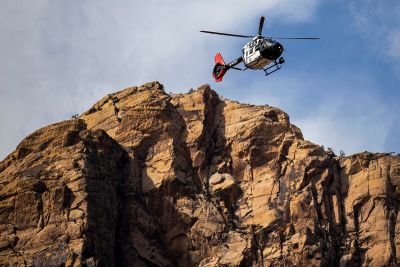
for rescues
Nearly four million people visit Red Rock Canyon National Conservation Area annually, but a few dozen visitors each year find themselves needing to call for rescue.
Between 2021 and 2023, 181 people were rescued within Red Rock Canyon’s 195,819 acres, according to data from the Metropolitan Police Department. The number of rescue missions and people rescued dropped between those years, with 2021 seeing 44 rescues with 68 people rescued, 2022 having 45 missions and 74 people rescued, and 2023 dropping to 39 rescued in 34 total missions, according to data from the department.
But, over 30 percent of all the rescues happen within three areas in Red Rock Canyon: Juniper Canyon, Kraft Mountain and Black Velvet Canyon, which are known for their world famous, advanced rock climbing routes.
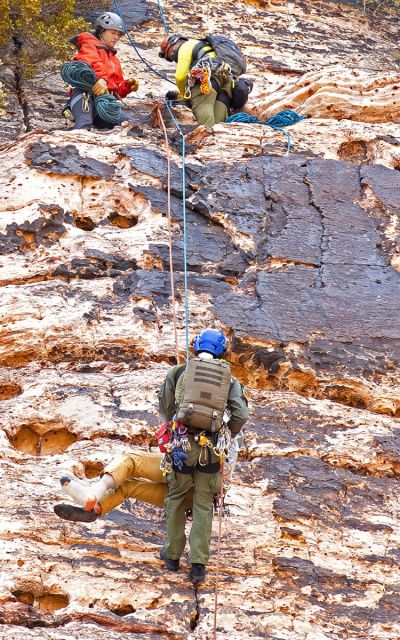
Gordon said one of the top reasons why people often require rescue services is that they underestimate the terrain, and overestimate their abilities.
“(People) think it’s easier to climb up than climb down, they might have improper equipment or insufficient equipment such as food, water, clothing, and as a result, falls (and) injuries occur,” he said.
John Asselin, the Bureau of Land Management’s Southern Nevada spokesman, said any area in Red Rock Canyon with heavy rock climbing activity is going to see a higher rate of search and rescues simply because it’s more technically difficult than just walking down a trail.
Last year, Red Bull named Red Rock Canyon the second top rock climbing destination in the world. With that prestige, the conservation area attracts both skilled climbers and people just starting out who don’t know what they’re doing, he said.
“People wanting to start out rock climbing and then go above their abilities don’t have the right skill set and don’t have the right equipment,” he said. “So those climbing areas, of course, you’re going to get more search and rescues because it’s more risky than just walking down a boardwalk.”
Asselin said the BLM would, hypothetically, only close off an area with a higher frequency of rescues as an “absolutely last resort.”
“We have world class level climbers who come here, so you don’t want to shut off access to routes that they can handle,” he said. “The number one step (before closing) is education.”
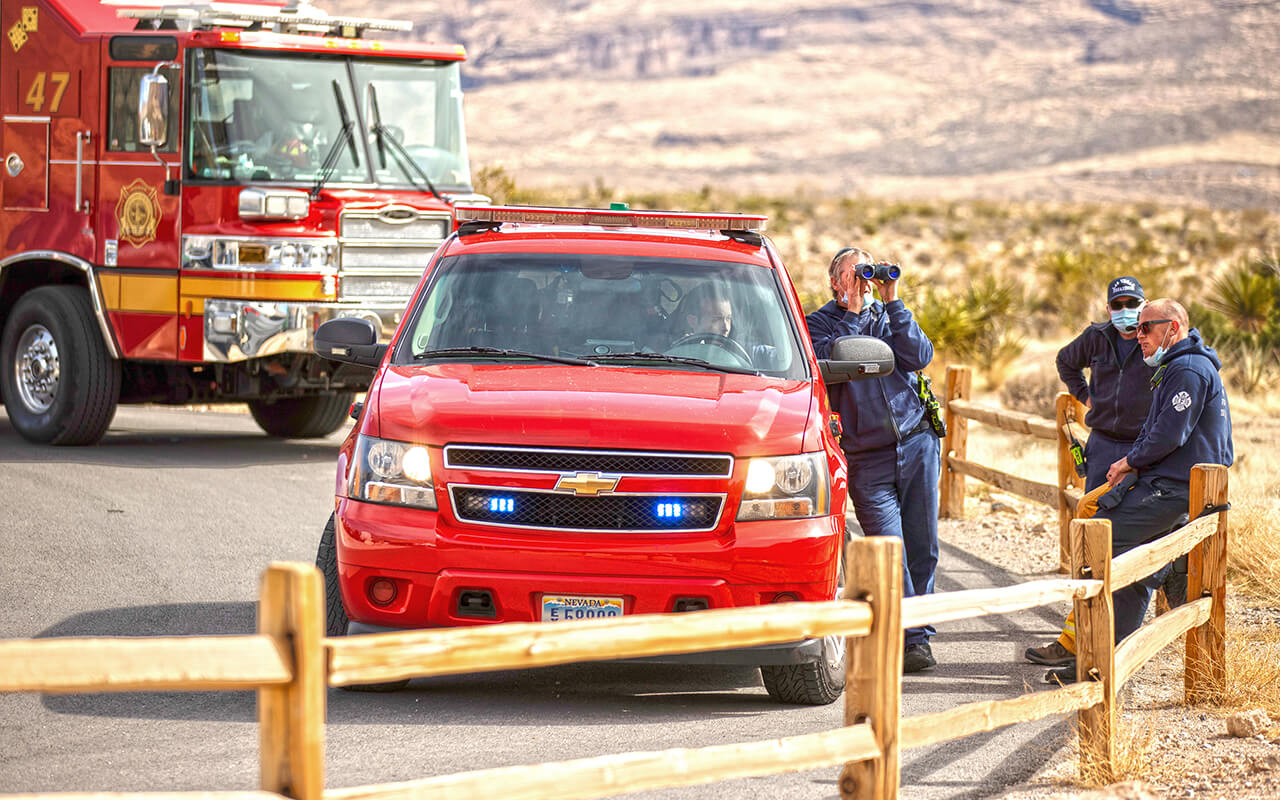
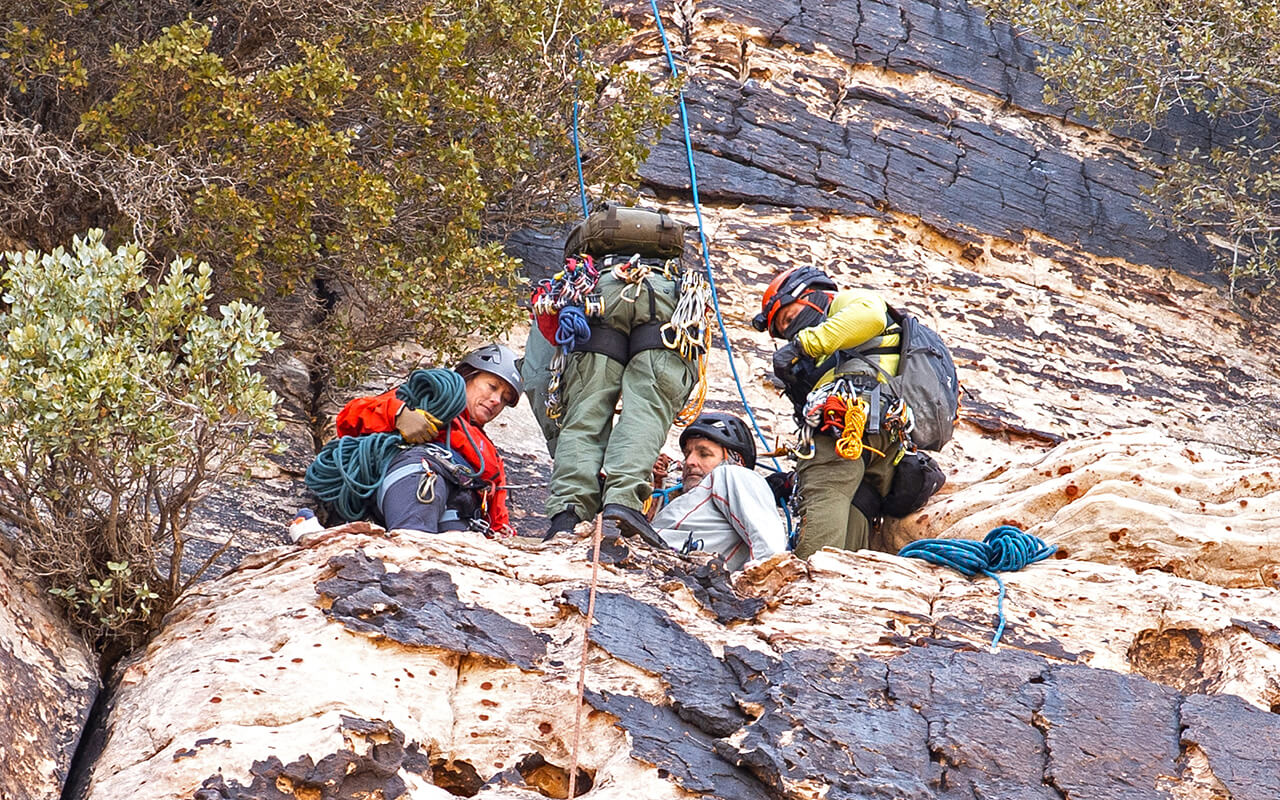
Gordon said he believes outreach and education efforts with the public, like handing out fliers with safety tips, has helped the number of rescues decline over the years, but says more data is needed to fully understand the impact of these efforts by both Metro and the BLM.
“It’ll be interesting once we get a couple more years, see what the rescues are for this year, and then, into 2025, see if then we could probably better gauge on whether some of our outreach efforts are working,” Gordon said.
Both officials recommended that anyone venturing into Red Rock Canyon should notify someone of where they’re going and when they plan to return, check the weather before going outside and bring food, water, a light source (in case you get stuck somewhere after dark), proper footwear and clothing, and a backup battery for your phone, even with spotty signal in the area.
“(Red Rock Canyon) is a beautiful place, but it’s not an amusement park — it’s the wilderness, and you can get yourself into trouble out there with no immediate help around,” Asselin said.
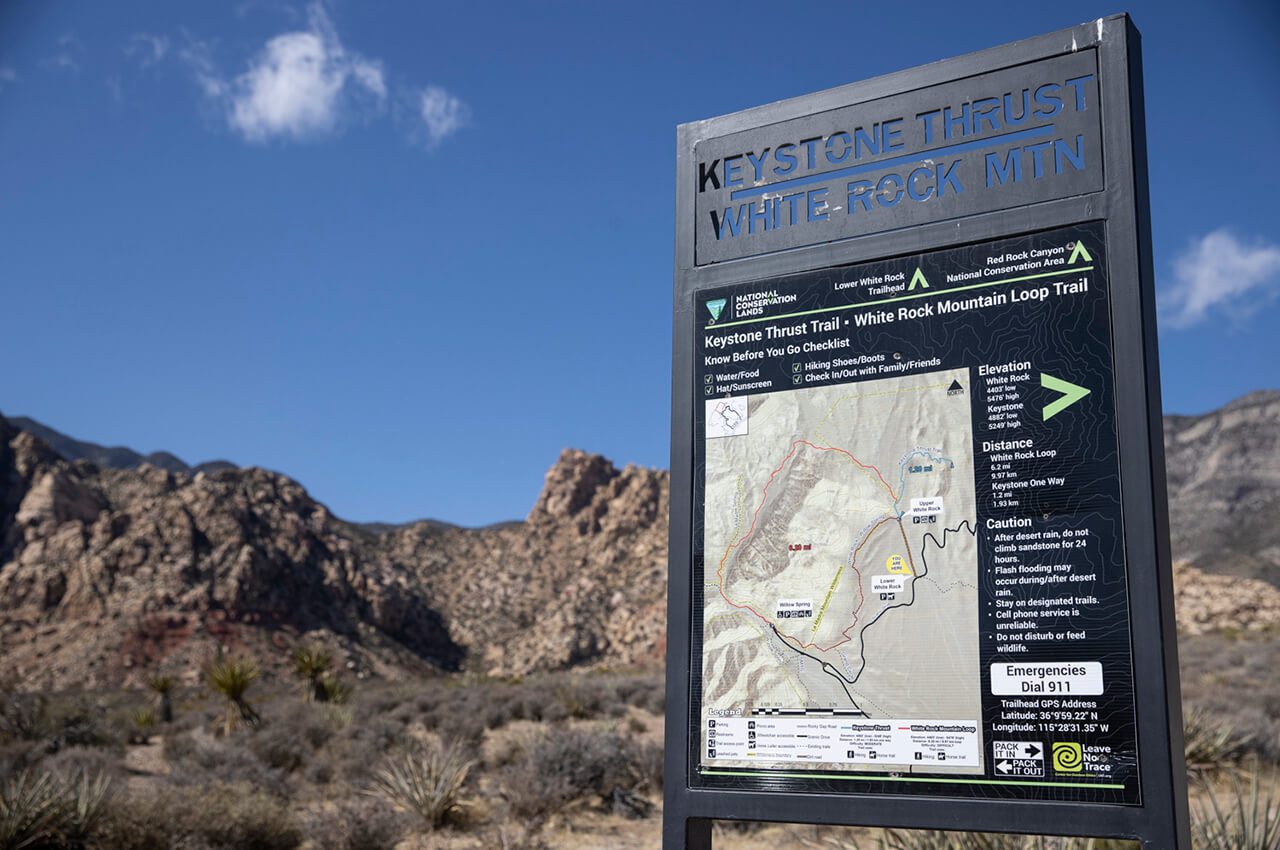
Source: source citations, etc. Created using Mapbox Storytelling template.